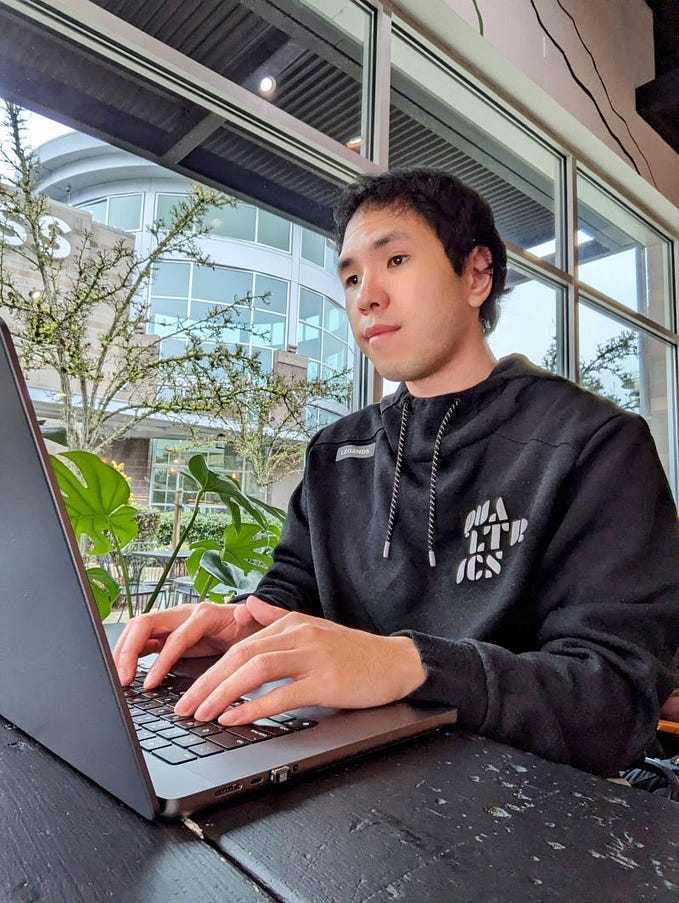How to Design a Seamless UX with Zero UI in 2024
Learn how natural interactions, AI, and a deep understanding of user behaviours are shaping a seamless, human-centered user experience where technology adapts to us, not the other way around.
The Awakening to Zero UI in UX Design
In 2024, the world is witnessing an evolution:
- Technology is adapting to us, becoming more intuitive, and fluid
- The lines dividing users from their devices are slowly but surely disappearing.
What’s the game-changing concept steering this revolution?
Zero UI.
With huge strides in AI, machine learning, and sensor technology, you may wonder how we, as UI/UX designers, harness Zero UI to forge a seamless UX in 2024?
Let’s explore 👇
What is Zero UI?
Zero UI refers to a user interface where users can interact with their devices without using traditional input methods like buttons, keyboards, or screens.
Think of it as an ‘invisible’ or ‘screenless’ user interface that uses natural user interactions such as voice, gesture, and context-aware AI.
Stepping into Natural Interactions for a Better UX Future
As a designer, I’ve seen the UX future evolve before my eyes with the advent of voice assistants like Siri, Alexa, and Google Assistant.
But Zero UI in UI/UX design goes further than just voice — it integrates:
- Gestures
- Eye-tracking
- Haptic feedback
- Environmental context
to offer a human-centered experience.
The key to successfully embracing Zero UI lies in tailoring interactions that feel intrinsically natural to the user.
Google’s Project Soli, for instance, captured my imagination.
It leverages radar technology to detect micro-motions — like a snap of a finger or a wave of a hand — to control smart devices.
The beauty of it struck me — instead of unlocking your phone and opening an app, you can now snap your fingers to play your favourite song — how much more natural can it get!
Guiding Principles for Zero UI Design
Designing for Zero UI posed unique challenges to the traditional understanding of UI/UX design.
You may find yourself needing to redefine my approach, shifting from designing for screens to designing for behaviours.
This meant understanding users more deeply — their habits, their patterns, their context — and crafting a UI that evolves with them.
The unpredictable nature of Zero UI was another hurdle.
Traditional UIs offered users clear signals about their next move.
With Zero UI, this predictability faded.
This drove designers to devise systems robust enough to handle a myriad of possible interactions and responses.
Above all, designing for Zero UI emphasizes the importance of trust.
As interactions become invisible and seamless, users need to trust that the system will understand and execute their commands accurately.
Building this trust hinges on transparency and consistency in design.
AI and Machine Learning: The Driving Forces Behind Zero UI Journey
AI and machine learning are the backbone of Zero UI in the UX future.
They empower devices to comprehend user behaviour, adapt to their needs, and predict their actions.
For instance, in smart homes, an AI-powered system can learn your routine and adjust the home settings automatically, marking a significant leap in UI/UX design.
Envisioning the UX Future with Zero UI
The UX future with Zero UI is about crafting a fluid interaction between users and their devices. It’s about making technology more human, more intuitive, and more invisible.
As UI/UX designers, we have the opportunity and responsibility to shape this future.
The experiences we create should not only be seamless and engaging but also respectful of user needs and privacy.
Adaptation in the Zero UI World
Zero UI is not just a futuristic concept — it’s a natural evolution of our interaction with technology.
Embracing the Zero UI philosophy in UI/UX design signifies acknowledging the power of less but impactful, invisible but effective, silent but resounding.
Let’s shape a future where technology bends to the user’s will and not the other way around.
The UX future is here, and it’s riveting!
Let’s Connect
👥 LinkedIn | 🎥 YouTube | 🧵 Threads | 🐦 Twitter | 📸 Instagram
📩 Newsletter | 💻 Website
📥 Email hello@uxplaybook.org if you have any questions, feedback, or suggestions.

Hey 👋 I’m Chris, the Founder of UX Playbook.
Here’s more about me:
👨🏫 I’m a Ex-Head of Design, with 10 years of experience in tech, building products & teams
🦄 I worked with Fortune 100s like Google, Nike, Coca Cola, 21st Century Fox, and startup unicorns
👨👩👧👦 I’ve built a community of over 62,000 designers
🤝 I’ve supported over 11,000 designers with my free UX resources, blog posts, and mentorship
🚀 I’ve been the founding designer for 8 startups
💸 I previously grew my own freelance one-person UX consultancy to $26,000/month then burnt out
Want more from me? Follow me on LinkedIn.








